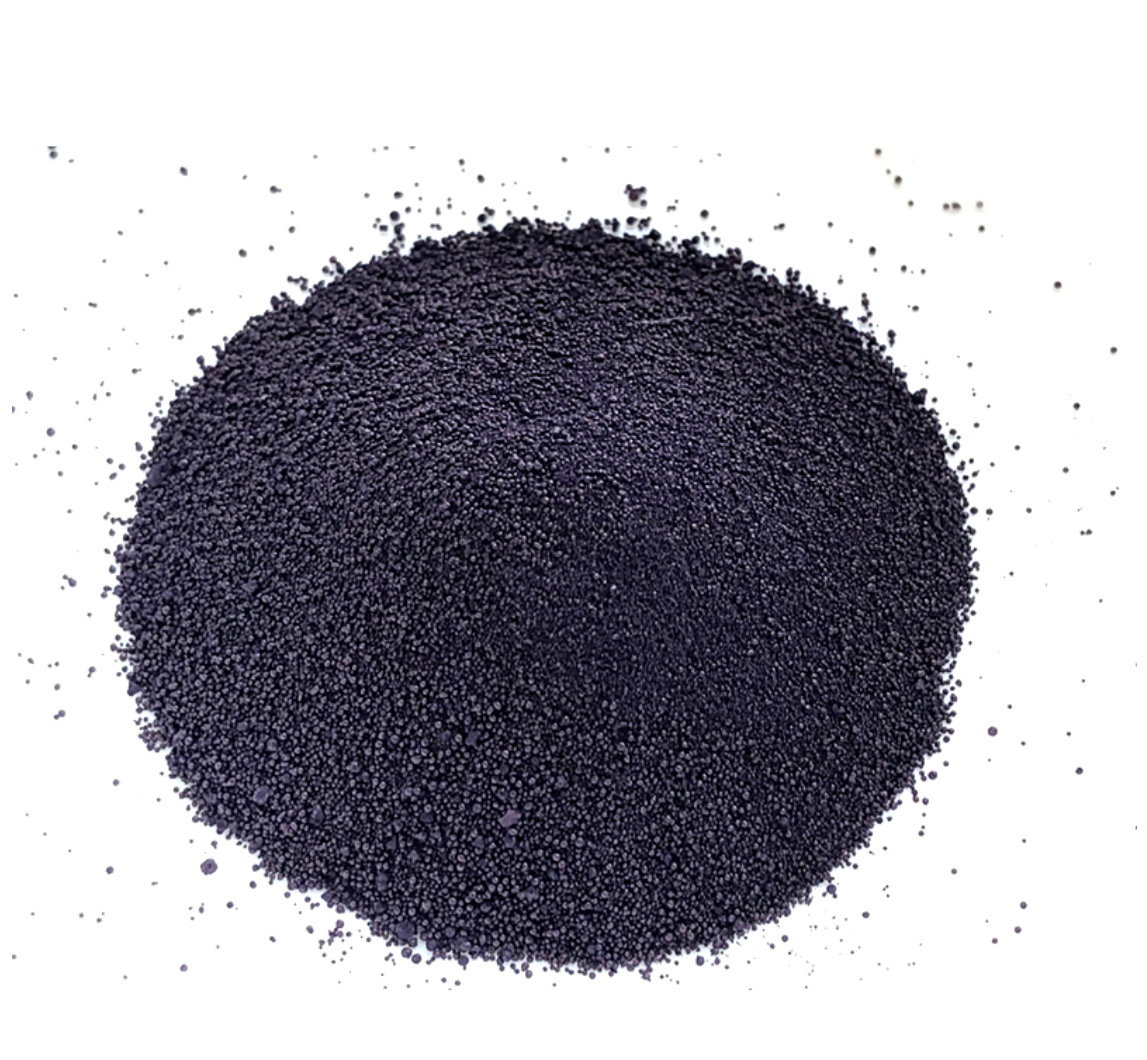Exploring the Production Process of Indigo Dye in Textile Factories
The Fascinating World of Indigo Dye Production
Indigo dye has a rich history that dates back thousands of years, playing a significant role in various cultures worldwide. Traditionally derived from the leaves of the indigo plant, this organic dye has become synonymous with the deep blue hues we associate with denim and various textile arts today. The process of indigo dye production is not only fascinating but also reveals the intricacies of traditional craftsmanship that have been passed down through generations.
The Fascinating World of Indigo Dye Production
Once the leaves are harvested, the production process requires a transformation that is both chemical and artistic. The leaves are soaked in water to initiate fermentation. During this process, the indigo found within the leaves undergoes a conversion into a soluble form known as leucoindigo. This step is crucial, as it allows the dye to penetrate the fibers of the textiles effectively. After fermentation, the liquid is strained and left to settle, leading to solid, precipitated indigo settling at the bottom. The excess water is then removed, and the remaining dye can be further processed into a form suitable for textile applications.
source indigo dye factory

After this initial extraction phase, the indigo can be made into cakes or powdered form for easier shipment and use. This powdered indigo dye can be mixed with a reducing agent, usually sodium hydrosulfite, and water to create a dye vat. The dyeing process is performed in this vat, where fabrics are submerged and then oxidized in the air. It is this exposure to oxygen that causes the dye to develop its rich blue color, a process that can be repeated multiple times for deeper, more vibrant shades.
Across the globe, indigo dyeing techniques vary and contribute to traditional textile arts. For instance, in Japan, the art of Kasuri weaving utilizes resist-dye techniques, creating intricate patterns through careful planning and placement of threads before dyeing. In West Africa, indigo hand-dyeing has cultural significance, with ceremonial designs embroidered into garments that are then dyed in indigo for symbolic meaning. The artistry and skill involved in these processes showcase the cultural importance of indigo dye to various communities.
In recent years, there has been a resurgence of interest in natural dyes, as the fashion and textile industries look for sustainable alternatives to synthetic dyes. This shift reflects a growing awareness of environmental issues, promoting eco-friendly practices that respect heritage and craft. The revival of indigo dyeing has seen a new generation of artisans embracing traditional methods while incorporating modern designs and practices.
In conclusion, the production of indigo dye is a remarkable process that combines agriculture, chemistry, and artistry. It holds a significant place in the history of textile arts and continues to inspire both traditional and contemporary practices today. As society increasingly values sustainability, the appreciation for this ancient dye has been reinvigorated, ensuring that indigo dye not only colors our textiles but also connects us to rich cultural tapestries across the globe.
-
The Timeless Art of Denim Indigo Dye
NewsJul.01,2025
-
The Rise of Sulfur Dyed Denim
NewsJul.01,2025
-
The Rich Revival of the Best Indigo Dye
NewsJul.01,2025
-
The Enduring Strength of Sulphur Black
NewsJul.01,2025
-
The Ancient Art of Chinese Indigo Dye
NewsJul.01,2025
-
Industry Power of Indigo
NewsJul.01,2025
-
Black Sulfur is Leading the Next Wave
NewsJul.01,2025

Sulphur Black
1.Name: sulphur black; Sulfur Black; Sulphur Black 1;
2.Structure formula:
3.Molecule formula: C6H4N2O5
4.CAS No.: 1326-82-5
5.HS code: 32041911
6.Product specification:Appearance:black phosphorus flakes; black liquid

Bromo Indigo; Vat Bromo-Indigo; C.I.Vat Blue 5
1.Name: Bromo indigo; Vat bromo-indigo; C.I.Vat blue 5;
2.Structure formula:
3.Molecule formula: C16H6Br4N2O2
4.CAS No.: 2475-31-2
5.HS code: 3204151000 6.Major usage and instruction: Be mainly used to dye cotton fabrics.

Indigo Blue Vat Blue
1.Name: indigo blue,vat blue 1,
2.Structure formula:
3.Molecule formula: C16H10N2O2
4.. CAS No.: 482-89-3
5.Molecule weight: 262.62
6.HS code: 3204151000
7.Major usage and instruction: Be mainly used to dye cotton fabrics.

